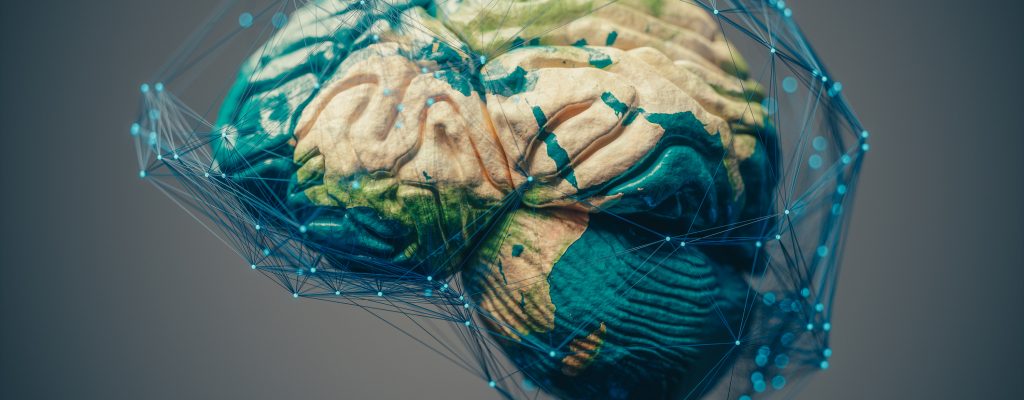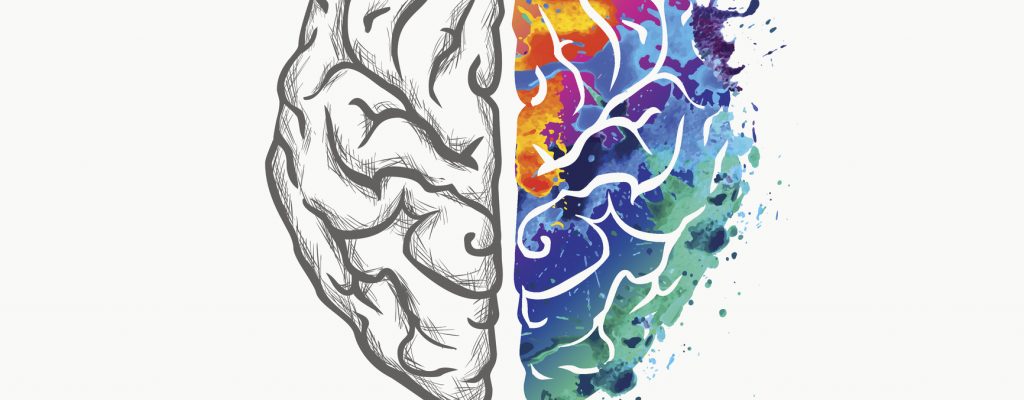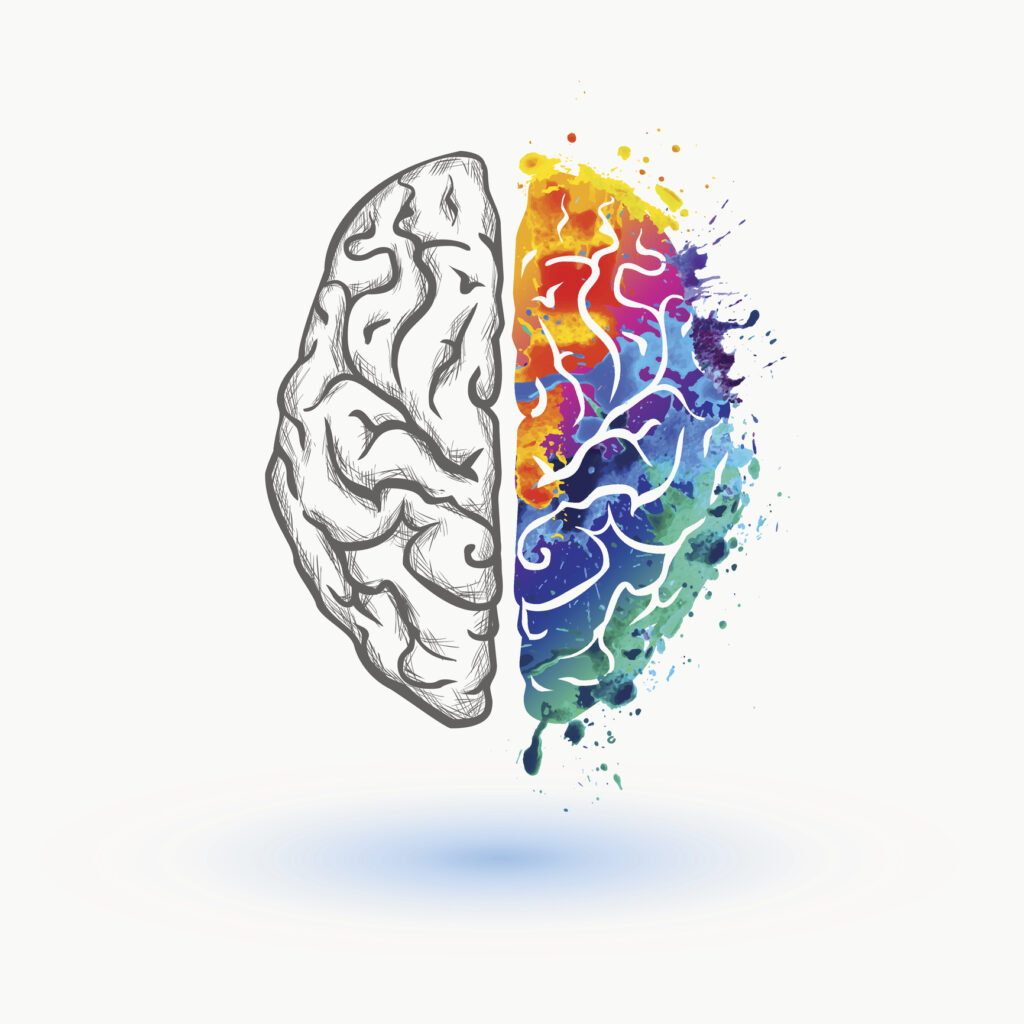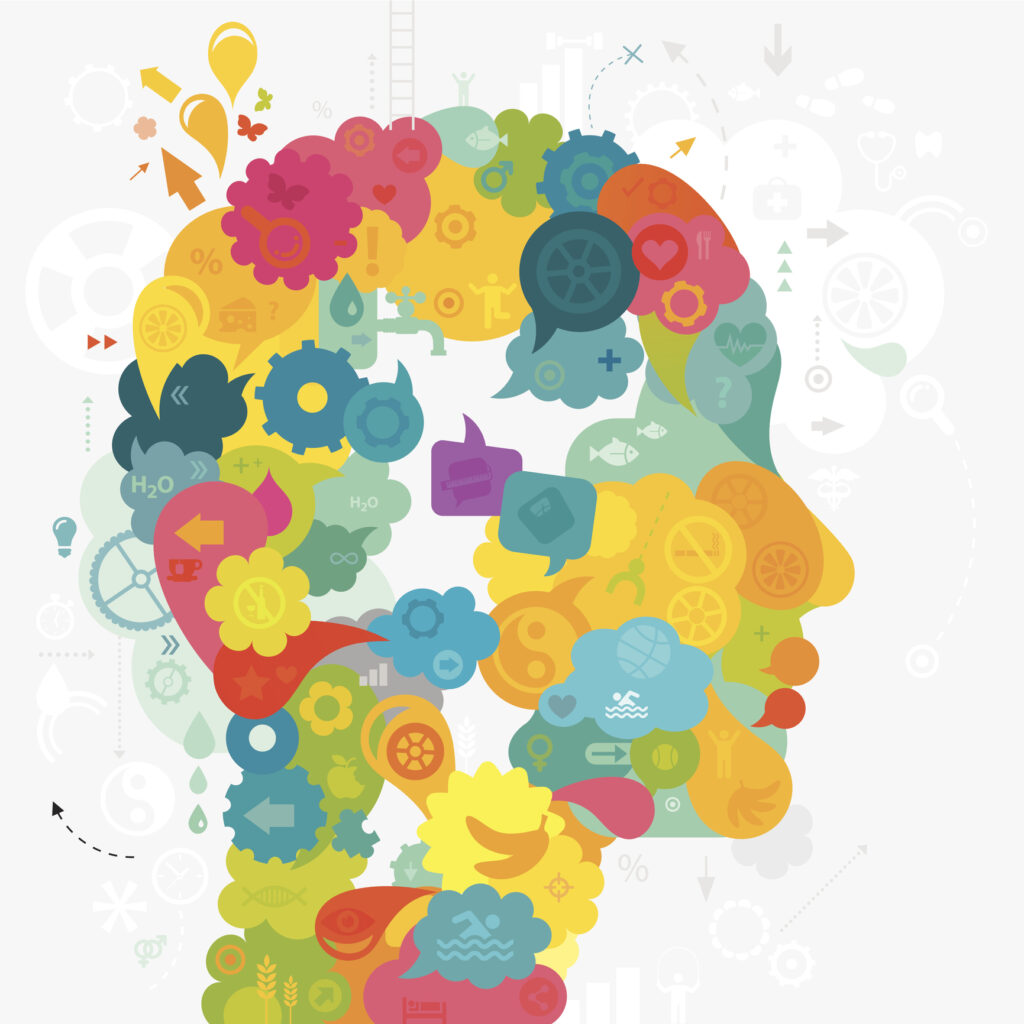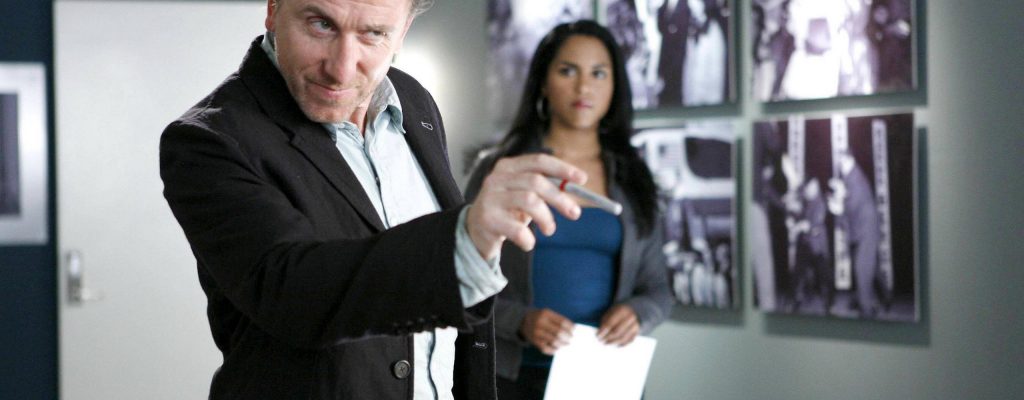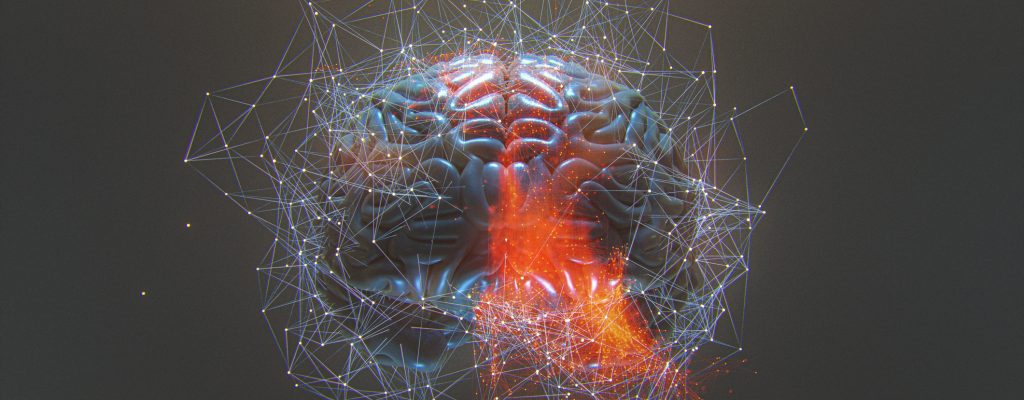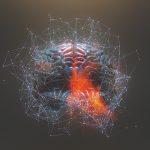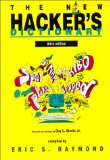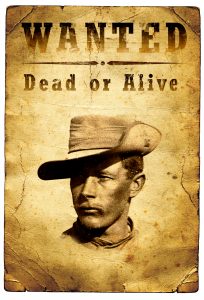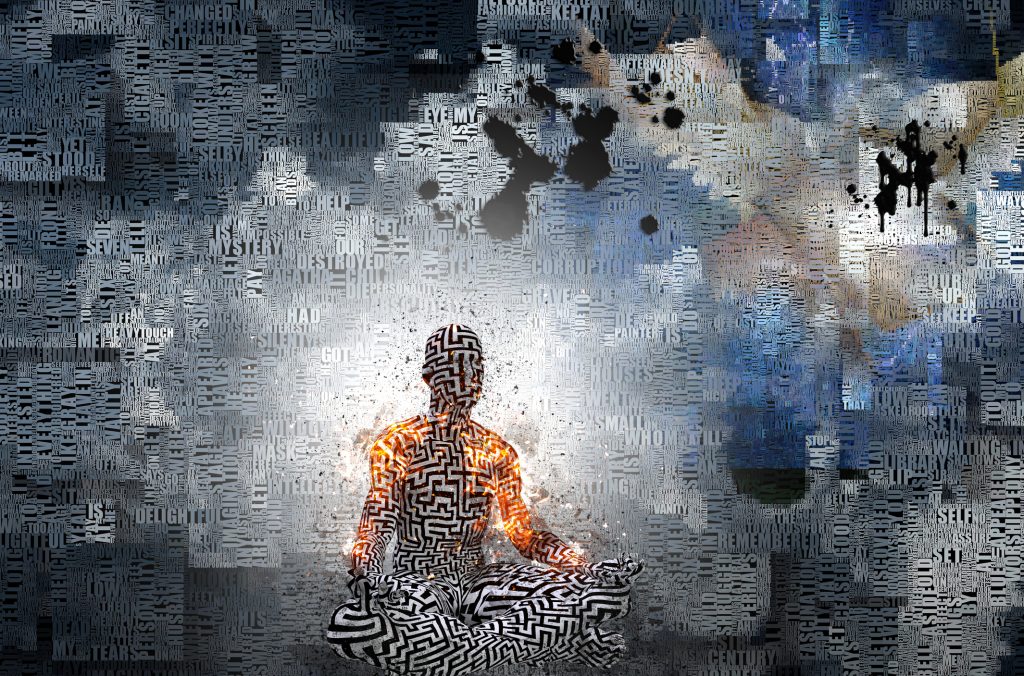
ADUMBRATION: Knowing where you’ve been before you get there …
Future Perfect Tense
The future perfect is a verb tense used for actions that will be completed before some other point in the future.
The parade will have ended by the time Chester gets out of bed. At eight o’clock I will have left.
Future Perfect Continuous Tense
The future perfect continuous, also sometimes called the future perfect progressive, is a verb tense that describes actions that will continue up until a point in the future. The future perfect continuous consists of will + have + been + the verb’s present participle (verb root + -ing).
https://www.grammarly.com/blog/future-perfect-continuous-tense/
Everyone I’ve ever worked with wants an edge …
When you’re seeking extreme or elite performance you need to maximize both what you put your attention on doing, and how you do it. This means that you need to know a few key things:
- The Outcome – specifically what you are attempting to achieve or accomplish
- Milestones – the steps to getting what you want that must happen in parallel or sequence
- Metrics – precisely what to measure that will let you know that you’re getting what you want
- Exit Criteria – knowing what achieving or accomplishing the outcome will be like so you know you’ve arrived
Getting “The Edge” all elite performers possess depends on your ability to imagine a future that hasn’t happened yet but will happen as you imagine it happening.
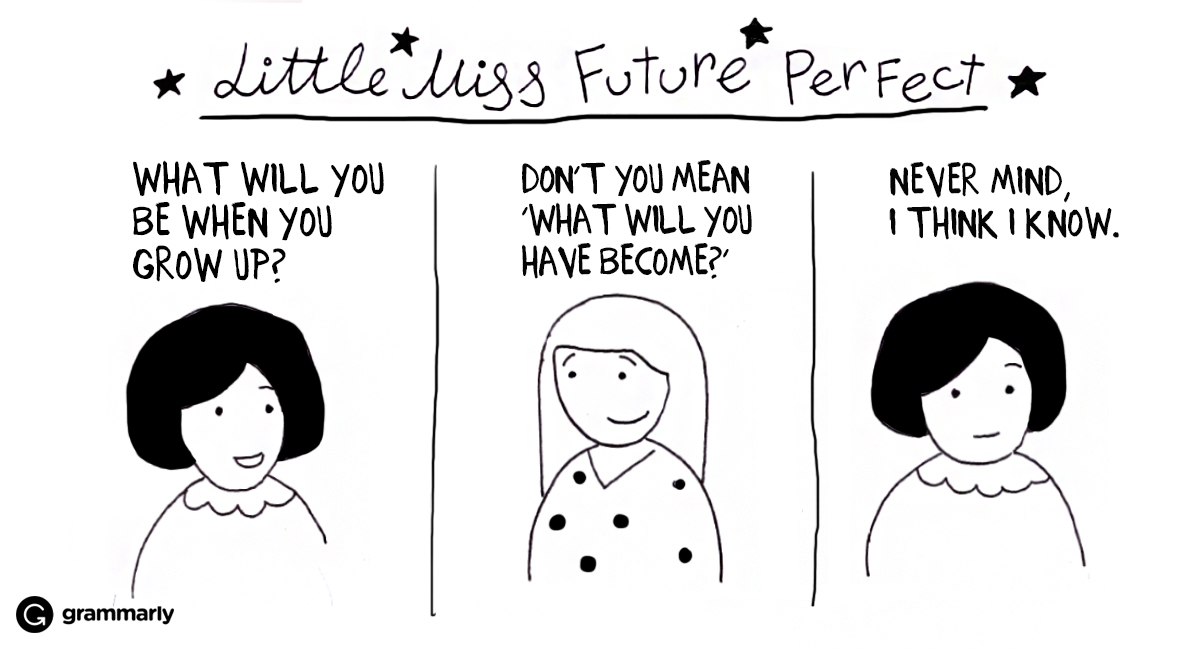
Exquisite Performance Happens In The Body First … And Then Follows In Time
There are two keys to imagining a future happening exactly as you intend it and then making it so …
- The ability to language your future imagination and projections about the future as memories of what has already happened.
- The ability to know within yourself as an embodied, body-based, feeling what it will be like for you when it has happened.
I’d also argue that the key to exemplary, elite leadership requires both of these keys to have been ingested, digested, and assimilated by you are automatic ways of being about your personal and professional intentions.
Most people who have seen great performances the achievements and accomplishments that result assume they are watching the performance where the result has been achieved or accomplished.
The performances that create the achievements or accomplishments that happen in real-time have already happened long before others witness what only happening for them in real-time.
The outcome that the performers realize in real-time in front of witnesses first happened for them when they had the embodied experience of it for themselves, and the many, many times they re-experienced it along the way to achieving or accomplishing it in real-time in the way others perceive it.
This is obvious in looking at any masterful athletic event or at any performance by great entertainers who spend weeks or months practicing for that specific event, and years developing the mastery to achieve and accomplish the outcome … e.g.: winning a gold medal, getting a Grammy or Oscar, or any other achievement or accomplishment of the same caliber … being awarded a Nobel Prize.
If this is the kind of elite performance and outcomes you aspire to you must become a master of creating futures before they exist, and that means mastering the two keys to creating futures that happen as you imagine and intend them …
It All Starts Here: Temporal Shifting (The Precursor to Time-Sliding)
“Once you’ve read this you will become what you are not yet but soon will be!“
In my training programs for my clients, including my executive and entrepreneurial clients, organizational and team leaders, and especially when I’m training other professional change artists … consultants, coaches, trainers, therapists, hypnotists, etc. … I refer to this kind of sentence as using hypnotic protocol.
When you use hypnotic language structures you force a specific cognitive process intentionally, it’s almost as though the structure of your language becomes a cognitive instruction itself.
When you read or hear, “Once you’ve read this you will become what you are not yet but soon will be!” in order to make sense of it you must move through time and construct a future-based temporal position to unfold the meaning contained within it.
Let’s dissect this sentence from beginning to end so we can see the loops created within it …
“Once you’ve read this …” assumes this will happen in the near future as most people will deconstruct the language … again, like an instruction, or almost a command.
Then we find the embedded phrase, “… you will become …” this is clearly an instruction or embedded command that remains undefined, i.e.: become what?
What follows is an ambiguous reference that can only be deciphered by the reader or listener who experiences it in reference to themselves … “… what you are not yet …” this presupposes both that there is something they are not yet, as well as in implied assumption about something they want to or would like to become that they need to fill in and complete in order to make sense of it.
This particular phrase, “… what you are not yet …” tends to shift things for most people because they move to a completely constructed reference that is this purely future based, or possibly exists outside of time in terms of any linear sequencing. It begins to set up a movement to a past reference about the future having already happened … just not yet.
When the temporal shift happens, from present to future, and then to past, for most folks there’s a vestibular shift as well meaning their sense of relative balance shifts because it feels like there’s a somatic movement of their center from one point to another. This is a very powerful thing to be able to do … with others or for yourself!
The end of the sentence “… but soon will be.” does double duty, it forces them to occupy the space where what has not happened yet has happened and shifts the experience to being experienced as a memory, something I refer to as creating a Future Memory … a thing that has happened, just not yet.
This is because in part the word “but” serves to negate what has just preceded it, i.e.: “… but soon will be.” is preceded by and immediately follows, at you are not yet …” When you negate “… what you are not yet …” the assumption is that you actually are already that which you are not yet.
The idea that you are already that which you are not yet creates confusion in the present that can only be resolved by moving to a future-based position where what has not yet happened in the present already has happened, or the creation of a Future Memory.
Creating a Future Memory is a critical step in establishing the mindset required to take action in the present that exceeds expectations built on either past performance or present evidence … this is the secret sauce of elite leadership … i.e.: both self-leadership and the leadership of others.
The temporal shifts that happen when you structure language in this way happen both mentally and physically … semantically and somatically. I build the entire SomaSemantics model around this way of using language to create transformational change.
Using the SomaSemantics model to create transformational change happens in communication as transmission (the sentence above and it’s breakdown forms an example of transmission), as well as in reception (the noticing of how someone is responding to communication interactions both semantically – the meaning they derive from the communication … and somatically – the shifts in their body responses as they experience the communication, e.g.: proprioceptive/postural changes … movement, gestures, expressions … literally any observable somatic adjustments including micro-muscular adjustments, physiological changes – breathing rate, blood flow changes indicated by skin color changes … eye dilation, focal positioning and blink rate …

It’s all patterns …
(everything that can be noticed counts)
The Art of Adumbration
What I’m pointing to and depending upon rests on the presumption that humans prefer patterns of familiarity, and when they encounter something that is uncertain or unknown they do whatever it takes to make the adjustments necessary in their perception and experience to re-find and re-set themselves on familiar ground.
Getting this idea about the human tendency to find and create patterns of familiarity is central to getting the power of adumbration and adumbrating …
We (humans) experience time as a pattern. Some time patterns are familiar … the movement of the sun throughout the day, the cycles of the seasons. When these patterns are disturbed in some way … a full solar eclipse or a particularly unseasonably hot or cold spell when we expect weather that’s more familiar to us … we feel off-center about what’s happening and desire a return to the pattern more familiar to us.
The key components of these experiences are the physical, somatic adjustments we make as we are going through the mental, semantic impressions they create in us. To make sense of what’s happening and find ourselves able to return to our center requires we create a vestibular adjustment in how we feel. Literally for most people, especially untrained individuals, unfamiliarity and uncertainty create a sense of being off balance that is vestibularly experienced as an actual body feeling.
When we are vestibularly uncertain we feel a certain compulsion to make proprioceptive adjustments to get to where we need to be to re-set our centers to a position of balance. An extreme example of this might be the vertigo some people feel when they experience something so unfamiliar or unexpected that they cannot find anywhere to place it in the framework of their thinking.
The shifts that happen when we are confronted by something that we have no framework to make any sense of create a simultaneous mental and physical instability that seems outside of or beyond reality as we know it. In these moments the most important and urgent thing will be to find the way to make sense of the experience, and place it into a familiar enough sense of what’s happened, happening, or will happen that their sense of reality becomes stable for them again.
When observing and working with extremely well-trained, elite performers like … special-ops U.S. Navy SEALs, U.S. Army Delta Force commandos, or U.S. Marine Force Recon teams, U.S. Navy “Top Gun” type fighter pilots, S.W.A.T. teams, Hotshot and Smokejumper wildland firefighters, extraordinary surgeons, world-class litigators, professional boxers, and championship martial artists … they all have the unique ability to deal with the flow of what’s happening in real-time despite the expectation of how things were supposed to have happened or should have unfolded for them. Then understand and accept the reality of uncertainty and chaos, and are able to adjust and respond in relation to the outcome they most desire despite the seeming evidence inhibiting their progress moving forward to achieve or accomplish it.
Superior leaders in business also understand and accept the reality of uncertainty and chaos, and they use it to their advantage. In most leadership positions there is a competitive field in which the strategies and plans they make, and the actions they take, happen. This looks and feels very much like the kind of performance we see when we examine the thinking and actions of other elite performers in other domains of excellence.
The ability to succeed in a competitive environment, where others are trying to gain the competitive edge, demands an exquisite precognitive ability to predict where the system is going as things are unfolding in real-time, and to act in relation to the intended future that hasn’t happened yet, but will if the right actions are taken now.
Using this knowledge of how we process our experience relative to our pre-existing frameworks and patterns of understanding can be remarkably useful. We can establish patterns of familiarity or unfamiliarity that lead to a natural presumption of where what we’re experiencing is likely to lead next, and our drive to continue or create a sense of stability will take over allowing us to fill in the blank spots in our understanding. It’s critical to realize that our drive for stability can and will override our ability to perceive reality with an explanation that fits our previous and current understanding and the framework that supports that understanding.
When our sense of familiarity with the unfolding pattern that we are experiencing becomes disrupted a vacuum that needs to be filled by us to return to the stability of understanding we demand opens and the most immediate explanation offered will be accepted and used to fill it.
The sense of the vacuum in reality that we experience in moments of uncertainty and chaos can only be resolved in a way that serves us best by either having elite preparation and the knowledge, skills and experience in dealing with uncertainty and chaos as it’s happening, or preparing ourselves to organize and align to a certain future outcome despite out current unfolding experience and the evidence it presents to us … or ideally both!
The vacuum that’s created in these situations provides us with a hypnotic opening that we can insert a suggestion into that will be likely to be accepted and used to make sense of what happened, is happening, and will happen.
Therefore, the ability to notice these patterns of familiarity and aberration to the familiar, especially regarding the ability to predict where the system is headed as they are unfolding is the art of adumbration.
No other skill creates as much advantage or gives you as much of an edge in responding to create the outcomes you desire than the ability to adumbrate the situation you are experiencing, and maybe no more significantly than in human interaction and communication.
Adumbration as Somatic Awareness
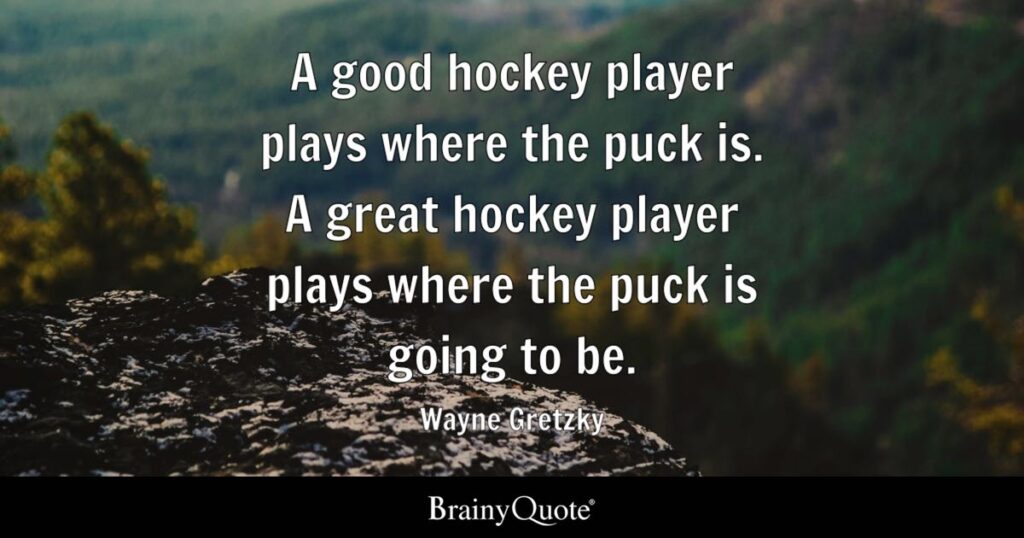
You ability to adumbrate begins with your sensitivity to your own somatic experience.
Begin able to notice the first and smallest sense of physical response in your body gives you what you need to open your awareness of adumbrating the situation.
Your body will respond to signals in the system, especially to subtle changes and shifts to the familiar, faster than your conscious awareness of those signals.
The ability to keep your awareness of these somatic adjustments gives you the adumbrative edge you need to stay ahead of where the system is going before it gets there …
Literally, the ability to track your own subtle somatic shifts as they are happening is the holy grail and rosetta stone to adumbrating and making the changes that allow you to position yourself where you need to be to get the outcomes you intend so that your experience is that you’re in the future waiting for the past to arrive to where you positioned to receive it and experience it in the way you derive the most value from in being in that particular position.
Preframing your experience to benefit you begins with using the structure of hypnotic language and protocol with yourself.
One group of folks that must do this professionally to succeed are traders in any of the markets … commodities, equity, currencies, etc. These folks are invested in reading patterns of activity that are suggestive of where the market will go, and take a position now that anticipates it arriving to where they predict it to be at some given point in the future. Active traders also make more specific presumptions about when the market will get there and time their trades to take advantage of the patterns of activity they are tracking.
When you speak with many of the most successful traders you’ll find they speak of a feeling they get about a trade. They track real information that arises in congregate and total for them as a feeling, and they may or may not then validate their feelings by backtracking and future projections based on the feeling they get using the information available to them.
There are also many very successful traders who will say that they cannot fully explain why they knew to make a particular trade but they felt it. Digging deeper you find in speaking to these successful traders that over their years of developing their skill and expertise they taught themselves and learned which signals to pay attention to, and what specific physical feelings meant about taking a trade or not.
In working with elite, successful business professionals, such as the executives in multinational companies and break-through entrepreneurs that have been my clients, I’ve found the best of the best do the same thing relative to the decisions they make as the most successful traders. They track real information that arises as a feeling for them about what to be doing and how to do it, based on a future projection that may or may not have a basis in previous results they can point to or use from the results produced in the past.
The ability to trust their “unreasonable” expectations about the decisions they make about the direction to take moving forward regarding taking massive “unreasonable” action and gambling on a potential opportunity, or pulling back from what seems an obvious win, when others in their space are tracking along with the obvious and familiar unaware of the future looming before them, separates what I refer to as elite, successful business professionals and the average executive or entrepreneur.
Often the way they speak to themselves, literally in terms of their internal dialogue about what they are noticing and deciding about, builds the confidence to set “unreasonable” expectations and to take the “unreasonable” action. When they express their thoughts externally you can hear how they construct their internal dialogue … e.g.: “When we have crossed the billion dollar revenue mark we will have already established a position on the market that will be far ahead of our competitors or their ability to catch up with where we now are relative to them.”
This kind of language is framed in what grammaticians call, Future Perfect language.
Future Perfect languaging is the essence of time sliding, adumbrative thinking and the ability to stand in a future that hasn’t happened yet, but will.
Time Sliding And Noticing The Somatic Signals
When I’m training folks to develop the elusive nature of profound adumbration and the skills of effectively predicting the most likely futures that align most closely with their intention I begin with the body.
Even when it may seem that I am doing language training, as when I’m teaching time-sliding language patterns, I am pointing to and emphasizing what happens somatically.
The ability to notice the vestibular and proprioceptive shifts associated with choosing an unknown future position to build your present operating consideration on forms the deep, cutting edge you need to go where you need to be to receive the future you are creating and intend to reap.
The kinds of futures I’m referring to are those realized by super-successful traders and the elite, successful business professionals I’ve referenced already. These are folks like Steves Jobs stepping into a future expectation and building technology that makes no real sense in the moment it emerged under his direction … the original iPod formed the basis, understanding, and desire for the iPhone that has been the company’s biggest success long before the iPhone existed or made any sense in the market as it was when he was making the investment to make it happen. I’d vehemently argue that Jobs was standing in the space of the success of the iPhone when he made the decision to invest in the first prototype of the original iPod.
Jobs repeated that success with his vision for the iPad, and we can point to any number of break-through entrepreneurs and thought-leaders in tech that followed the same patterns of massive investments in a future that didn’t exist when they made their decisions to make the investments they did. We see this in other spaces as well when we look to the history of inventions that shouldn’t have happened or couldn’t be done … the Wright Brothers ridiculous attempts (and failures) at creating a heavier than air flying machine (while everyone else was betting on zeppelins and balloons!).
First there’s a feeling of possibility, then a translation into future perfect internalized hypnotic language, then the internalized language is projected externally as time-sliding language expressed in future perfect continuous form, and finally we see the realized outcome of this process … long after the person who had the initial feeling felt it.
The key to getting here before you do begins with developing the ability to notice and trust the feelings you have about the future that are present in the current patterns as they are unfolding in real-time. When you can reliably notice the feelings about what’s about to happen but hasn’t yet in a meaningful way you can then practice translating them into time-sliding language.
The ability to use time-sliding language that references somatic experience, and creates it for those who read and/or hear it as well, generates the responses that make the intended future possible and bring it to full realization.
You must begin with tuning your awareness about the subtle, indistinct feelings you have about what’s unfolding to be able to recognize the patterns they suggest about what could and will be unfolding that is present in what’s enfolded and hasn’t yet become present.
It’s also imperative that you build confidence in your ability to notice and recognize these subtle signals to take even “unreasonable” action based on them that results in your system coming to rest …
Your system “comes to rest” when the embodied physical experience and cognitive mental experience are completely aligned and integrated into a singular common expectation about the future, a future expectation that flows naturally from the singularity you contain within … from this position it becomes virtually inevitable that what you intend indeed comes to pass, building a recursive reinforcing loop of confidence that radiates from you in everything you do, such that others experience it building trust and confidence in your ability to lead them as well.*
This is all very possible as I know, because I’ve trained clients globally to do it with surgical precision … this is the great adventure … knowing where you’ll be with certainty before you get there!
*NOTE: The idea expressed in the conception of “the system coming to rest” above is the essence of the triad, POWER | CREATIVITY | INFLUENCE. where POWER is the ability to take the action that creates the outcomes you intend, CREATIVITY is the ability to remain adaptable in face of uncertainty and chaos, and INFLUENCE is the ability to ENGAGE, ENROLL, AND EMPOWER others to create outcome that exceed those you are capable of creating on your own, that forms the fundamental leadership model within the MythoSelf Process work. This triad is the basis of self-leadership and the leadership of others.
Best,
Joseph Riggio, Ph.D.
Architect & Designer of the MythoSelf Process and SomaSemantics
Sullana, Peru – 8 July 2023
P.S. : If you want to experience this in our upcoming live, intensive training and leave with your adumbrative ability turned on and tuned it … join me and Al Ridenhour for Generative Flow five-day intensive training at The Fives all inclusive resort, Playa del Carmen on the beach in Cancun, Mexico from 3-7 October this year!!!
Get all the info you need here:

